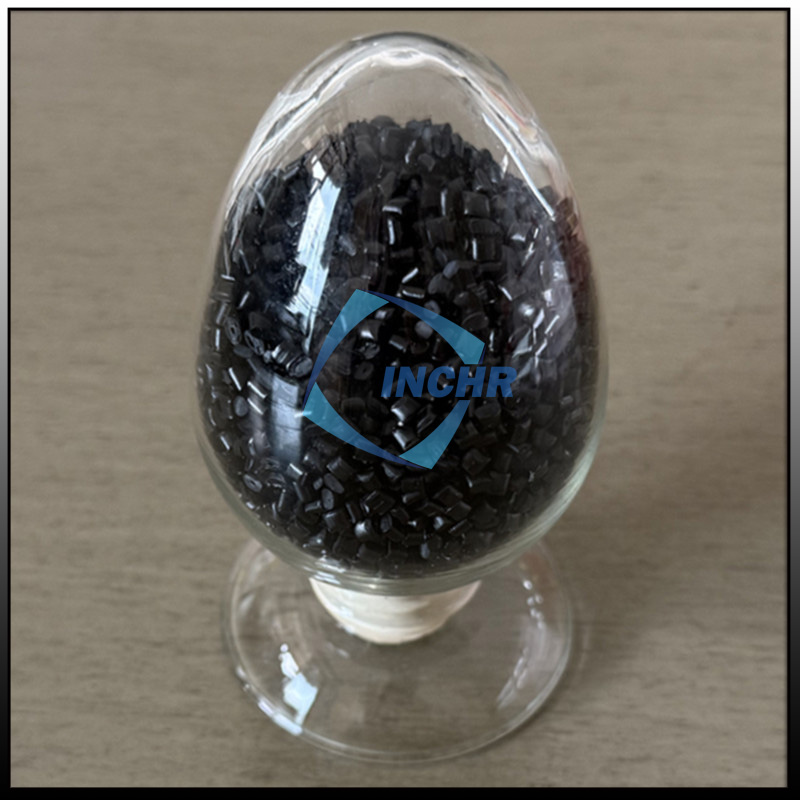In the ever-evolving world of materials science, few innovations have captured the attention of engineers and designers quite like carbon fiber reinforced nylon (CFRN). This high-performance composite combines the lightweight versatility of nylon with the unparalleled strength of carbon fibers, creating a material that is transforming industries from aerospace to consumer electronics. In this article, we explore how CFRN is redefining durability and strength while offering practical solutions for modern engineering challenges.
What is Carbon Fiber Reinforced Nylon?
Carbon fiber reinforced nylon is a composite material made by embedding short or continuous carbon fibers into a nylon polymer matrix. Nylon, known for its toughness and resistance to wear, gains a significant boost in mechanical properties when combined with carbon fibers. These fibers, renowned for their high tensile strength and stiffness, create a synergistic effect that enhances the base material’s performance.
The result? A lightweight yet incredibly strong material that outperforms traditional metals and plastics in critical areas like strength-to-weight ratio, thermal stability, and fatigue resistance.

Key Advantages of Carbon Fiber Reinforced Nylon
- Superior Strength-to-Weight Ratio
CFRN is up to 50% lighter than aluminum while matching or exceeding its strength. This makes it ideal for applications where reducing weight is critical, such as in automotive components, drones, or wearable devices. - Enhanced Durability
The addition of carbon fibers improves nylon’s resistance to impact, abrasion, and repetitive stress. Parts made from CFRN withstand harsh environments, including exposure to chemicals, moisture, and UV radiation. - Thermal Stability
Unlike standard nylon, CFRN maintains structural integrity at elevated temperatures (up to 150°C/302°F). This property is invaluable for under-the-hood automotive parts or electronic housings that generate heat. - Design Flexibility
CFRN is compatible with injection molding and 3D printing technologies, allowing manufacturers to create complex geometries without sacrificing performance.
Applications Across Industries
The unique properties of CFRN have opened doors to groundbreaking applications:
- Aerospace & Aviation: Lightweight components like brackets, housings, and drone frames benefit from CFRN’s strength and vibration-dampening qualities.
- Automotive: From engine covers to electric vehicle battery trays, CFRN reduces weight while improving fuel efficiency and durability.
- Consumer Electronics: Durable smartphone cases, laptop hinges, and wearables leverage CFRN’s sleek aesthetics and resilience.
- Industrial Equipment: Gears, bearings, and robotic arms made from CFRN last longer under heavy loads and high-stress conditions.
Why Carbon Fiber Reinforced Nylon Outperforms Traditional Materials
Traditional materials like steel, aluminum, or unreinforced plastics often fall short in modern engineering demands. For example:
- Steel: Heavy and prone to corrosion.
- Aluminum: Lighter than steel but less rigid.
- Standard Nylon: Lacks the stiffness and heat resistance needed for high-performance applications.
CFRN bridges these gaps by offering a balance of lightness, strength, and adaptability. Its ability to replace metal parts in critical systems—while reducing manufacturing costs and energy consumption—makes it a sustainable choice for forward-thinking industries.
Sustainability and Future Innovations
As industries prioritize eco-friendly solutions, CFRN stands out for its potential in circular manufacturing. Recycled carbon fibers and bio-based nylons are being explored to reduce the material’s environmental footprint. Additionally, advancements in additive manufacturing are enabling on-demand production of CFRN parts, minimizing waste.
Looking ahead, researchers are optimizing fiber alignment and matrix bonding to push CFRN’s performance even further. Hybrid composites, combining carbon fibers with other reinforcements like glass or Kevlar, could unlock new possibilities for extreme environments.
Conclusion
Carbon fiber reinforced nylon is more than just a material—it’s a paradigm shift in engineering. By delivering unmatched durability, strength, and versatility, CFRN empowers industries to innovate faster and build smarter. Whether you’re designing a next-generation drone or a high-stress industrial component, this composite offers a future-proof solution that meets the demands of tomorrow’s challenges.
For engineers, product designers, and manufacturers, now is the time to explore how CFRN can elevate your projects. Stay ahead of the curve by embracing a material that truly redefines what’s possible.




